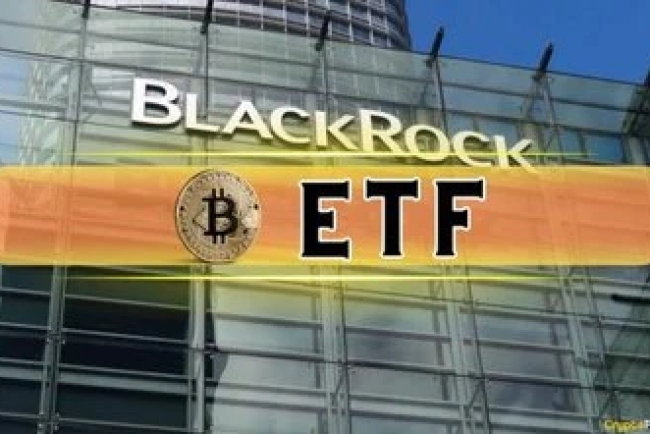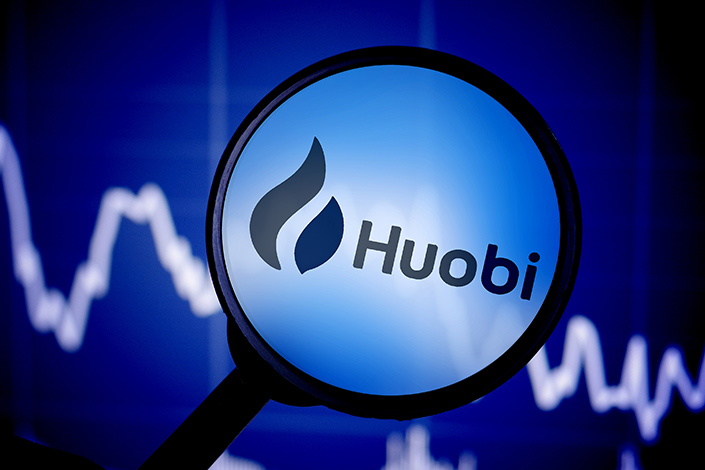Aave Experiences $200M Weekly Surge in cbBTC Inflows, But Caution is Advised
Aave sees $200M weekly increase in cbBTC inflows due to new incentives, but risks of loan repayment issues loom.

Aave, the Ethereum-based cryptocurrency lending protocol, is witnessing a remarkable increase in Coinbase Wrapped Bitcoin (cbBTC) inflows, attributed to a new incentive program. This surge reflects a growing liquidity and adoption of the wrapped Bitcoin product within the Aave ecosystem.
- According to the market analytics platform IntoTheBlock, while this influx is promising, it also poses potential risks for users, particularly regarding their ability to repay loans on the platform if market conditions shift unexpectedly.
Details of the Incentive Program
Earlier this year, Aave launched the Merit program, designed to reward users for their participation in various activities on the platform. Actions that can yield incentives include holding stkGHO, the staked version of Aave's algorithmic stablecoin GHO, and borrowing USD Coin (USDC) on Coinbase's Ethereum-based layer-2 protocol, Base.
-
In mid-August, the Aave decentralized autonomous organization (DAO) implemented the Merit incentive program on Base to encourage user contributions to the Aave ecosystem.
-
As Coinbase prepared to launch cbBTC in mid-September, Aave submitted a proposal to integrate the wrapped token into its protocol.
-
Following cbBTC's launch, an Aave DAO service provider revealed that the protocol now holds approximately 56% of all cbBTC in circulation. A new Merit program specifically for cbBTC was also announced, allowing users to earn rewards by using the wrapped token as collateral for borrowing USDC.
The Risks Involved
Since the launch of the cbBTC Merit program on October 24, the amount of cbBTC on Aave has surged by 2,700 BTC, equivalent to roughly $200 million. This increase has positioned cbBTC as the fourth largest asset for borrowing USDC, accounting for 12% of all collateral on the platform.
- IntoTheBlock highlighted that this growth has opened a lending strategy of “lend cbBTC -> borrow USDC -> lend USDC.” However, this also means that if a major USDC supply whale exits the market, users could face challenges in unwinding their trades and repaying loans.
While Aave's recent surge in cbBTC inflows is a positive development for liquidity and adoption, users must remain vigilant about the potential risks associated with the new incentive program. The dynamics of the market could significantly impact their ability to manage their loans effectively.
What's Your Reaction?
















